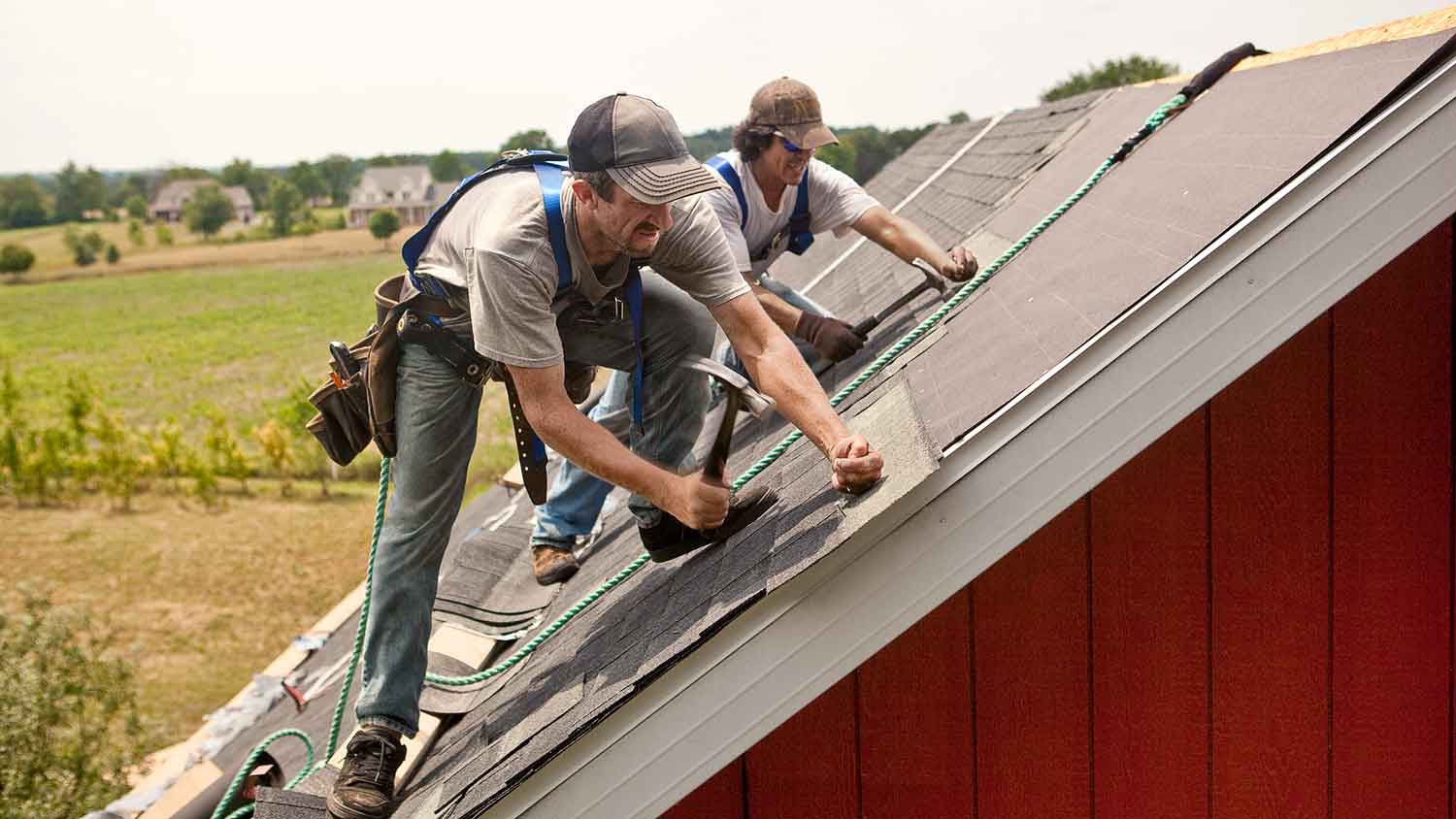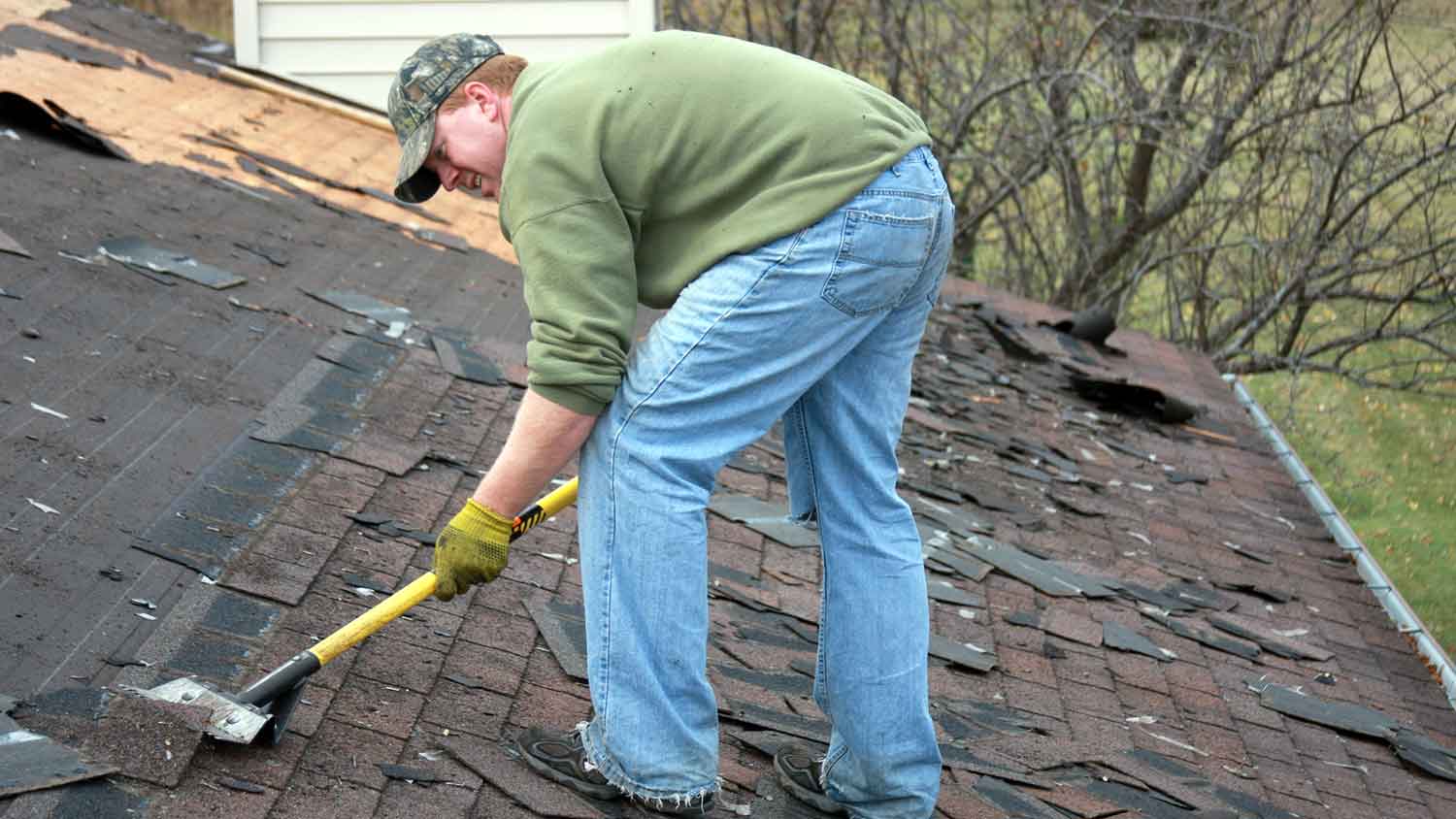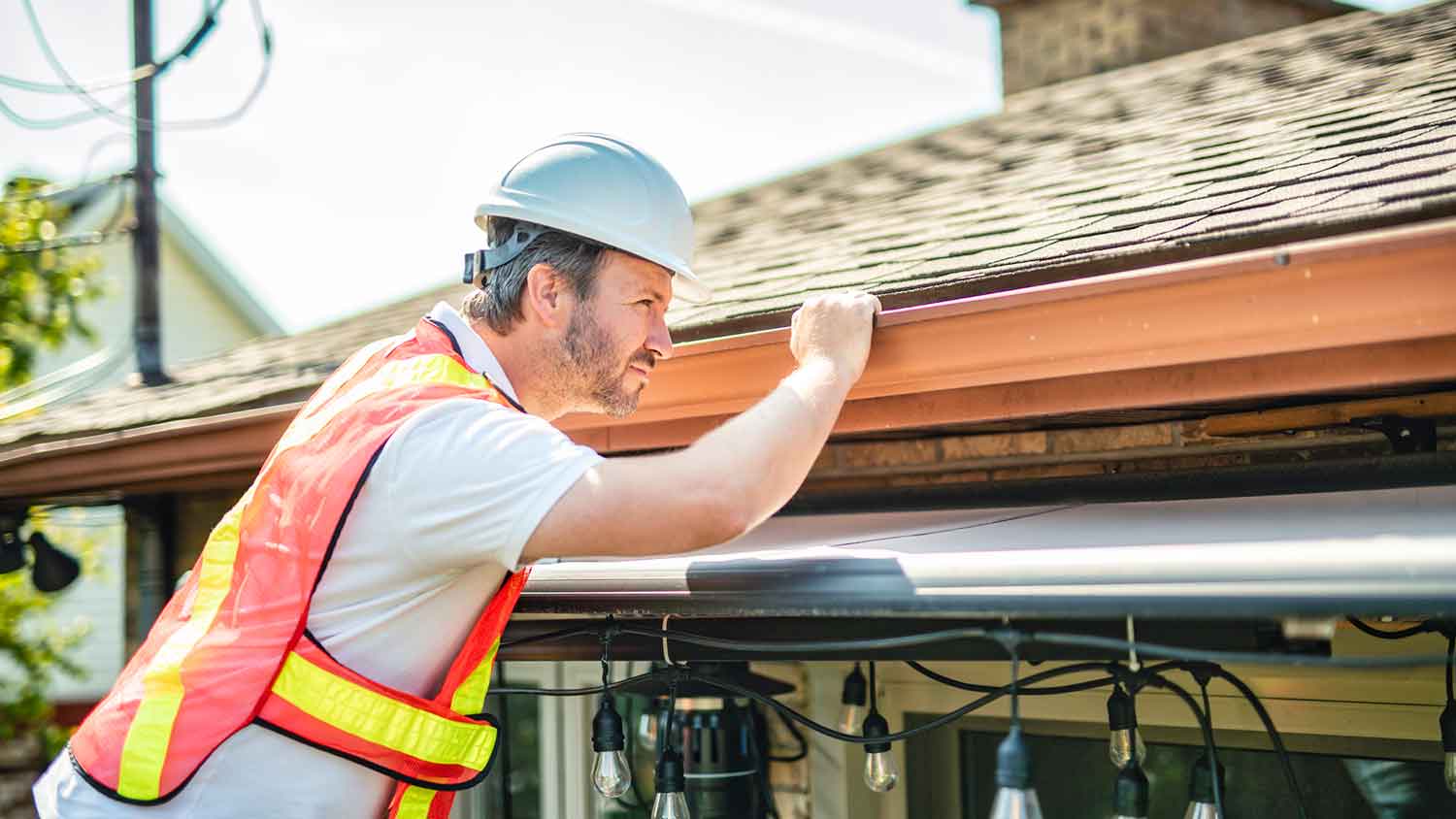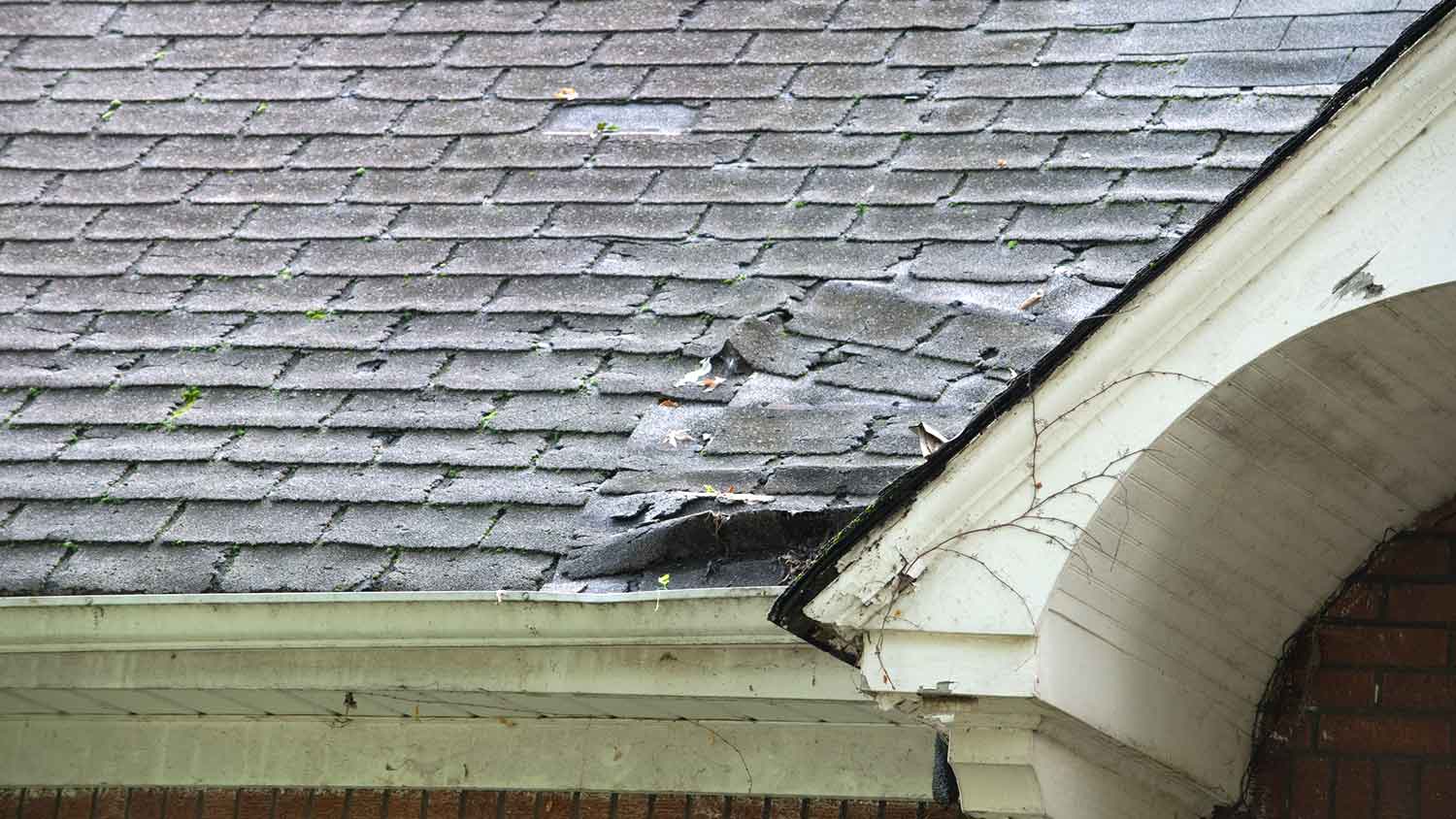9 Problems With Two Layers of Shingles
More isn’t better when it comes to your roof shingles


Two layers of shingles can hide existing damage and cause new structural problems.
Adding another layer of shingles may void your warranty, violate building codes, or invalidate insurance claims.
A second layer of shingles can invite rot, pest infestations, and water damage.
Your roof protects your home from the elements, so you’d think more shingles would equal more protection—but that’s not the case. Adding a second layer of shingles to your roof can actually leave your home more susceptible to damage and may even leave you without insurance or warranty coverage if something goes wrong. We break down nine big problems that can come with two layers of shingles.
1. Hidden Damage

Your roof is supported by the decking (also called sheathing)—a solid layer of plywood or other boards to which the roofing materials are attached. When you replace your roof, all old roofing materials are removed to expose the decking, showing any damaged decking that needs to be repaired or replaced.
Adding a second layer of shingles without removing the existing shingles means the decking stays covered up, and so does any damage. Installing new roofing materials without inspecting the decking can lead to serious structural issues or worsening damage—not to mention expensive repairs.
2. Building Code Violations
In many areas, regulations prohibit installing two layers of roof shingles due to the many problems it can cause. Even if a second layer is allowed, strict guidelines may dictate the specifics of the underlying roof structure. A local roofer will know your local building codes and can ensure your new roof meets them.
If your new roof is in violation of building codes, you could face fines or penalties and may even need to tear down and reinstall the roof. Saving money on shingle roof costs by not removing old shingles could end up costing you a lot in the long run.
3. Mystery Leaks
A second layer of shingles can not only increase the likelihood of roof leaks but also make them much harder to track down. Finding the source of a roof leak is much more difficult when water is making its way through two layers of shingles and into your home. Water follows the path of least resistance, and an additional layer of shingles may obscure that path, hiding the leak’s origin point.
4. Voided Warranty

New roofs are often covered by warranties from the manufacturer or roofing contractor. When you install new shingles over old ones, though, it’s likely to void any potential warranties. Shingles are made to be installed in a single layer, so adding a second layer means you aren’t using the material the way the manufacturer intended—which means they aren’t responsible for any problems that arise.
5. Insurance Issues
Filing an insurance claim for a roof with two layers of shingles will likely lead to a denial and may even cause your rates to go up or jeopardize your coverage. Since an extra layer of shingles significantly increases the chances of roof damage, your insurance company won’t cover any resulting claims. Any cost savings you get from skipping old shingle removal can be quickly eaten up in repair costs from a denied insurance claim.
6. Too Much Weight
Roofs are only meant to hold a certain amount of weight, and adding a second layer of shingles can compromise the structural integrity of your roof’s supporting components. In addition, if the roof decking is damaged underneath the original shingles, the extra weight will take its toll much faster and could lead to a partial roof collapse.
7. Wood Rot and Mold

Ventilation and moisture control are critical for keeping your roof and everything under it dry and sturdy. A second layer of shingles interferes with proper ventilation and can trap moisture, leading to wood rot, mold, and other moisture problems. Rotted wooden roof supports cannot handle the extra weight of additional shingles, creating destructive and expensive structural problems.
8. Pest Infestation
Gaps between shingle layers and rotting structural wood create inviting ways for pests to enter your home—and once they’re in, you’ll have a hard time getting them out. Pest infestations can lead to health problems and structural damage, so it’s best not to invite them inside in the first place.
9. Tricky Repairs
Double the shingles means double the trouble trying to find and repair damage. Even if you can track down the source of a leak, a small repair can take twice as long—and cost twice as much—when you have two layers of shingles to contend with. Even replacing damaged shingles gets more complicated and costly with an extra layer of shingles. Save yourself time, repair costs, and a lot of hassle by removing old shingles before installing new ones.





- Roofers
- Metal Roofing
- Roof Repair
- Roof Inspection
- Vinyl Siding Repair Contractors
- Flat Roofing Companies
- Commercial Roofing
- Emergency Roofing Companies
- Leaky Roof Repair
- Metal Roof Repair
- Business Roof Repair
- Flat Roof Repair
- Tile Roof Repair
- Slate Roofers
- Rubber Roofers
- Roofing & Siding
- Metal Roof Installation
- Affordable Roofing
- Roof Sealing
- Attic Ventilation Contractors










